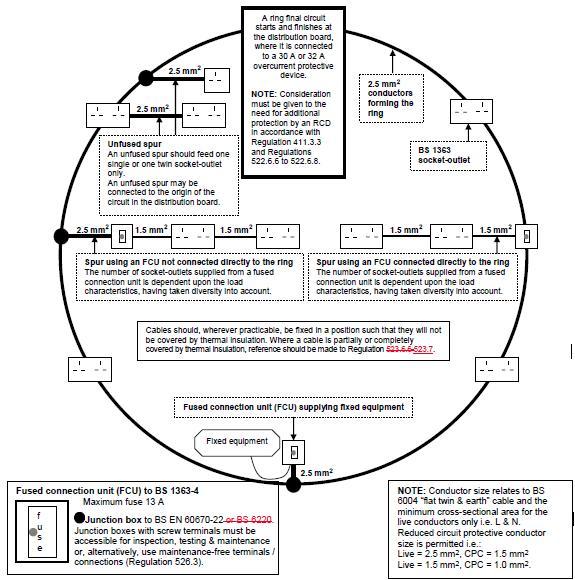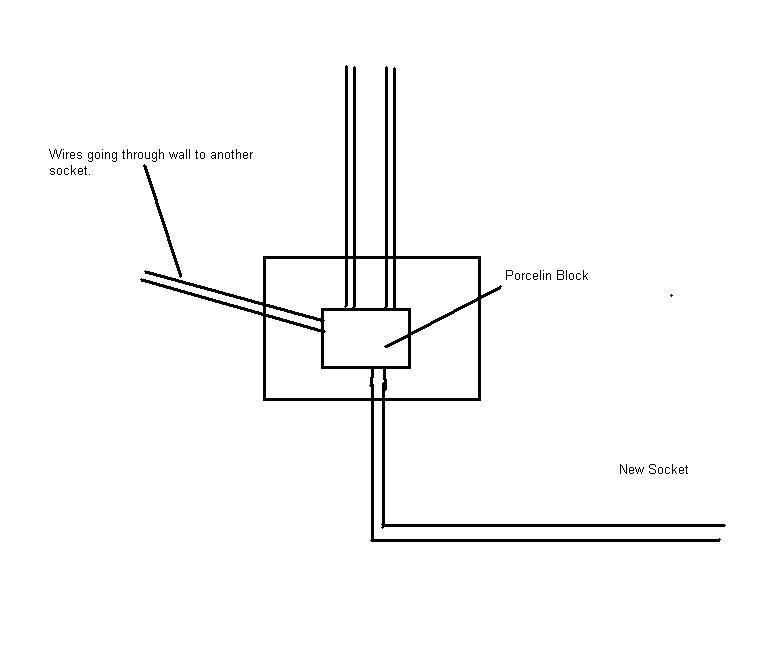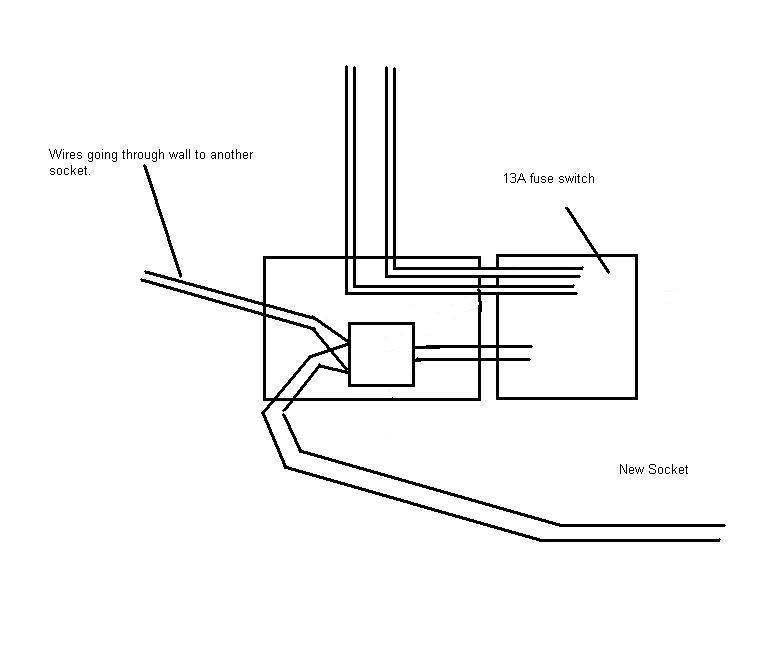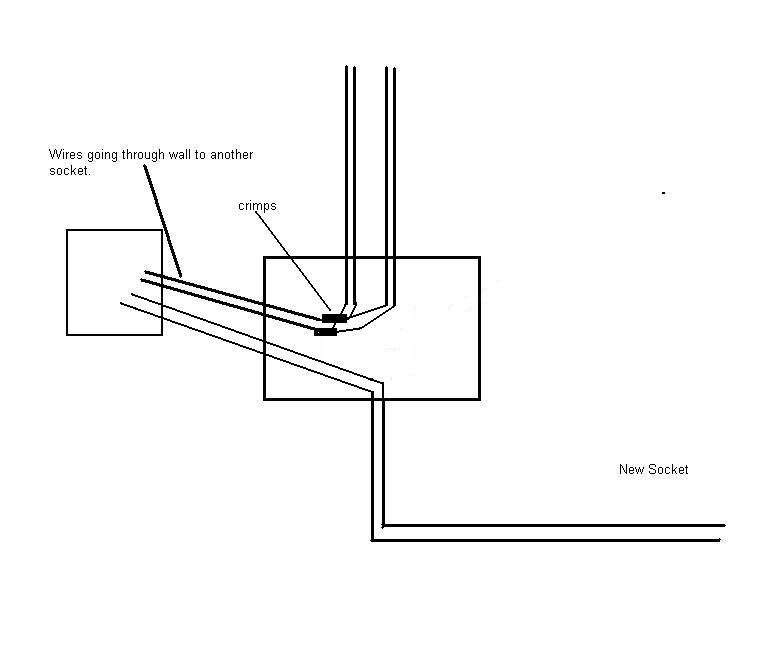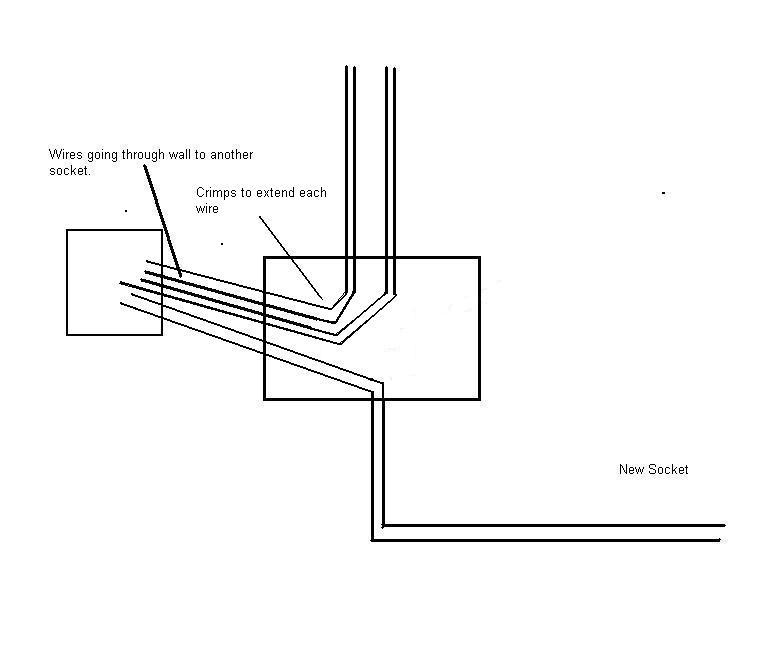I need to move a socket about 5 foot from its current location.
I have chiseled out to run a cable down and behind the skirting board. My question is joining the cables. I intend to use a 30amp porcelain block, leave this in the old socket housing and put a blanking plate on.
I have also noticed that I have 3 of each wire already twisted together, it’s a double socket with 2 sets of wires and I think it must bridge off through the wall to another socket in another room making a third set of wires.
Is this approach OK? What about that many wires into the one block?
I have chiseled out to run a cable down and behind the skirting board. My question is joining the cables. I intend to use a 30amp porcelain block, leave this in the old socket housing and put a blanking plate on.
I have also noticed that I have 3 of each wire already twisted together, it’s a double socket with 2 sets of wires and I think it must bridge off through the wall to another socket in another room making a third set of wires.
Is this approach OK? What about that many wires into the one block?



